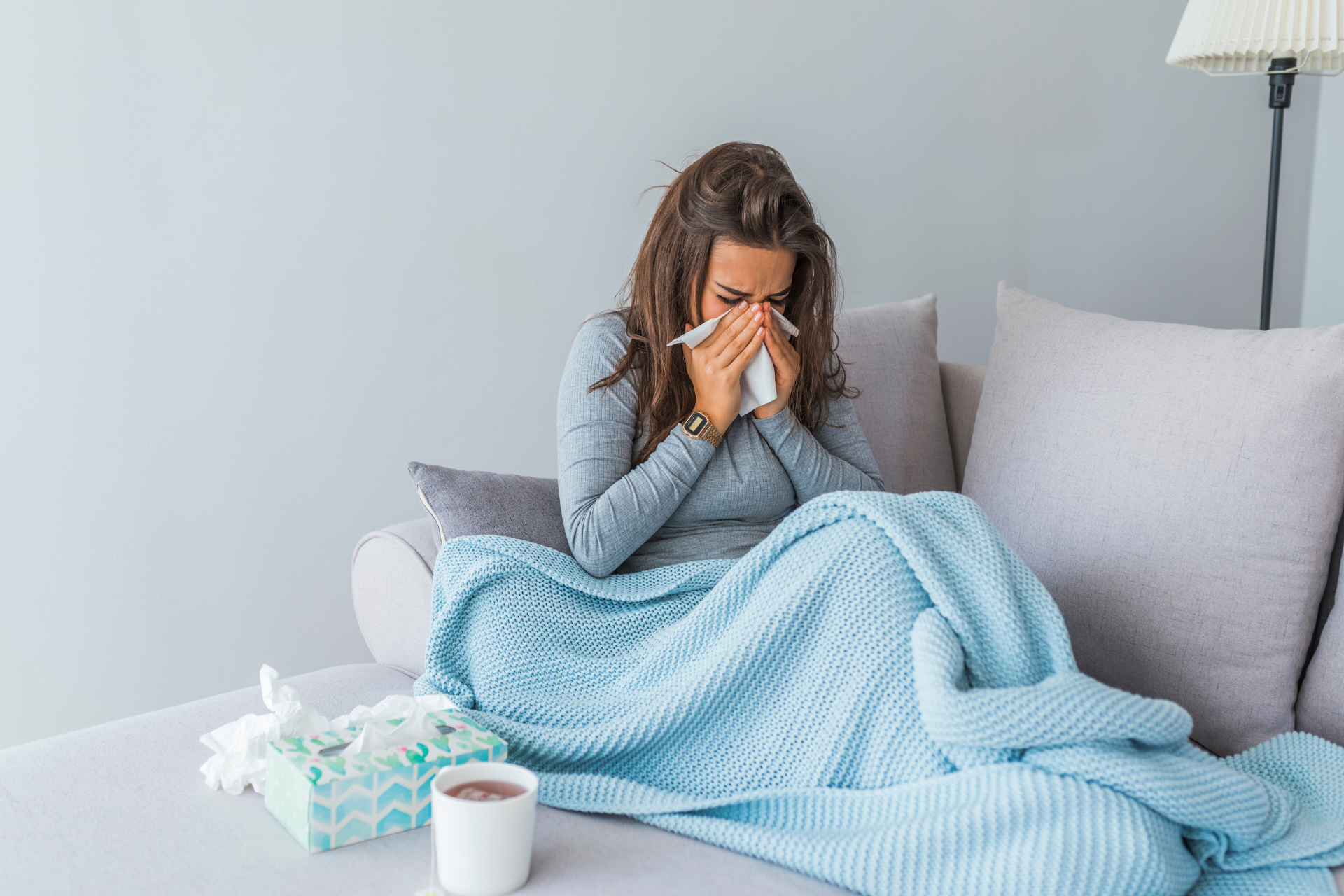Tips for Healthy Skin During Cold and Flu Season

As the colder months approach, many of us are not only bracing ourselves for the inevitable cold and flu season but also for the impact it may have on our skin. The drop in temperature, dry air, and constant exposure to indoor heating can wreak havoc on our skin, leaving it dry, irritated, and prone to breakouts. At Fall Creek Skin and Health Clinic, we understand the importance of maintaining healthy skin year-round, especially during cold and flu season. That's why we've compiled a list of tips to help you protect your skin and maintain a healthy glow even when you're feeling under the weather.
1. Stay Hydrated:
One of the simplest yet most effective ways to keep your skin healthy during cold and flu season is to stay hydrated. Drinking an adequate amount of water not only helps flush out toxins from your body but also keeps your skin hydrated and plump. Aim to drink at least eight glasses of water a day, and consider adding herbal teas or warm water with lemon to your routine for an extra boost of hydration.
2. Moisturize Regularly:
The drop in temperature and dry air can strip your skin of its natural oils, leading to dryness and irritation. To combat this, make sure to moisturize your skin regularly, especially after showering or washing your face. Choose a moisturizer that is rich in hydrating ingredients like hyaluronic acid, glycerin, or shea butter to lock in moisture and keep your skin soft and supple.
3. Protect Your Skin:
Even when you're feeling under the weather, it's crucial to protect your skin from the harsh elements. Wear a broad-spectrum sunscreen with an SPF of 30 or higher to shield your skin from UV rays, even on overcast days. Additionally, don't forget to apply a lip balm with SPF to protect your lips from drying out and becoming chapped.
4. Practice Good Hygiene:
During cold and flu season, it's essential to maintain good hygiene practices to prevent the spread of germs and bacteria that can exacerbate skin conditions. Wash your hands frequently with soap and water, and avoid touching your face to minimize the risk of transferring germs to your skin. If you're dealing with acne or other skin issues, consider using gentle antibacterial cleansers and avoiding harsh scrubs that can further irritate your skin.
5. Get Sufficient Sleep:
Adequate sleep is crucial for maintaining healthy skin, especially when your body is fighting off a cold or flu. Aim to get at least 7-8 hours of quality sleep each night to allow your skin to repair and regenerate. Lack of sleep can lead to dull, tired-looking skin and exacerbate existing skin conditions, so make sleep a priority during cold and flu season.
6. Eat a Balanced Diet:
Nutrition plays a significant role in maintaining healthy skin, so make sure to eat a well-balanced diet rich in fruits, vegetables, lean proteins, and healthy fats. Foods high in antioxidants, such as berries, spinach, and nuts, can help protect your skin from damage and promote a healthy complexion. Limiting processed foods, sugar, and alcohol can also benefit your skin by reducing inflammation and preventing breakouts.
At Fall Creek Skin and Health Clinic, we believe that taking care of your skin is an essential part of your overall health and well-being, especially during cold and flu season. By following these tips and incorporating them into your daily routine, you can protect your skin and maintain a healthy glow even when you're feeling under the weather. Remember that prevention is key, so take proactive steps to care for your skin and prioritize your health during the colder months. Stay healthy, stay hydrated, and let your skin shine no matter the season.




